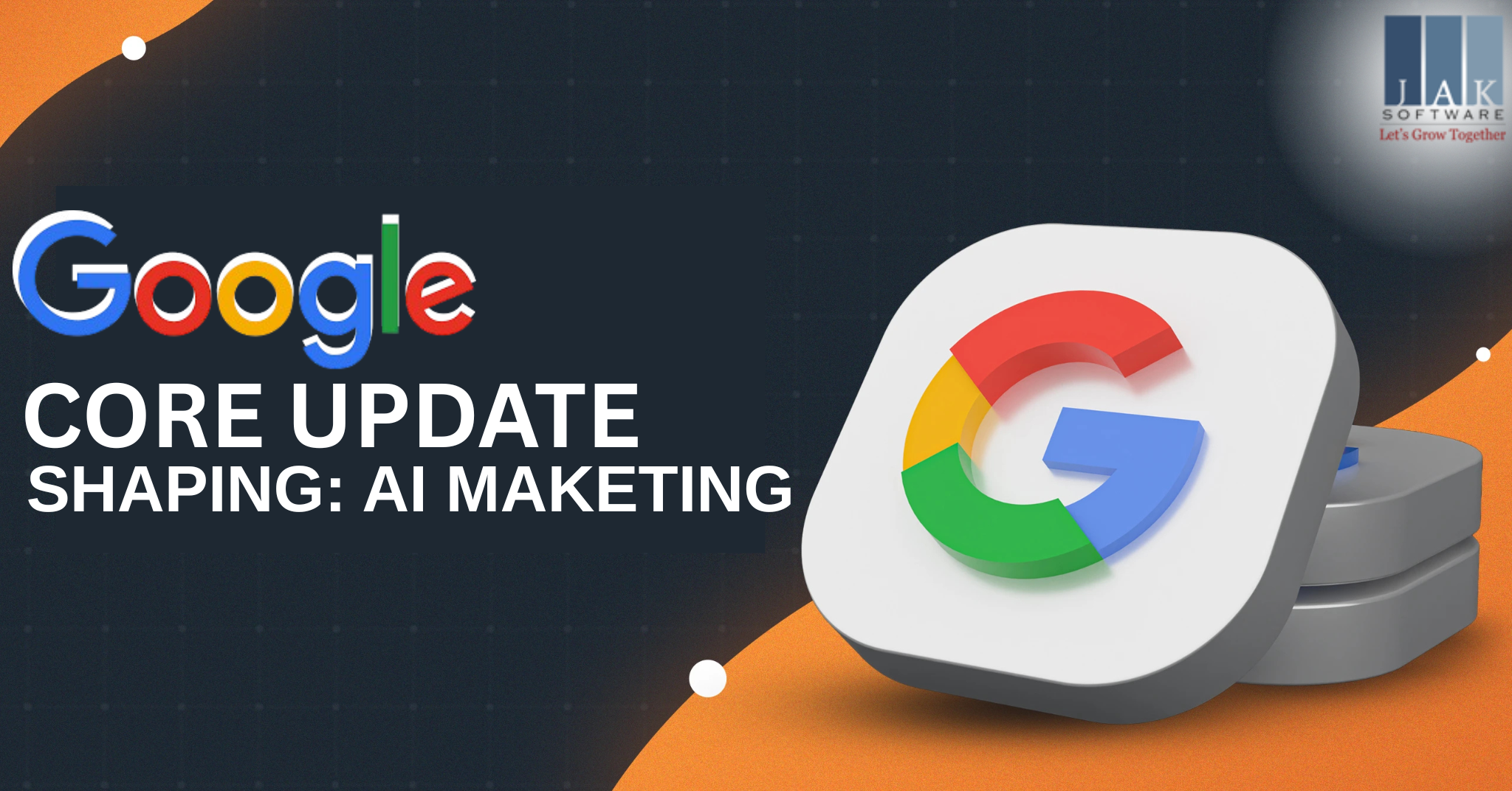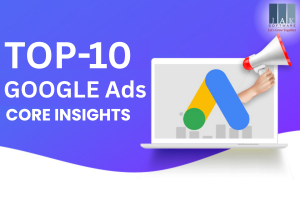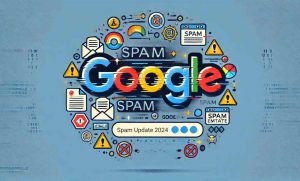The year 2025 marks a turning point for digital businesses, with Google’s algorithm evolving faster than ever. From PageRank to SpamBrain, every Google core update has paved the future of AI-driven marketing strategies. These updates are no longer just technical matters for SEO professionals; they form the foundation of digital AI marketing that drives visibility, user trust, and sustainable business growth.
This blog explores 12 significant Google updates — from historical milestones to cutting-edge AI integrations — and how they empower modern businesses to leverage AI Digital Marketing services for superior online performance.
PageRank: The Beginning of Smart Ranking
Google’s PageRank, introduced in the late 1990s, was the foundation of its entire search ecosystem. It ranked websites based on link authority, setting the stage for value-driven content and quality over quantity. Even today, credibility and backlink authority remain fundamental, but now AI-powered analytics enhance how marketers track domain trust and authority for brand positioning.
Mobile-First Indexing: Meeting Today’s User Needs
With mobile traffic surpassing desktops, Google’s Mobile-first indexing became pivotal. Websites failing to deliver seamless mobile experiences lost ranking opportunities. In 2025, this impacts AI-driven strategies deeply, as machine learning models now predict how mobile usability affects bounce rates, session duration, and conversion. For businesses using AI SEO Services, optimizing for mobile is not just mandatory—it’s a revenue necessity.
Panda: Shaping Content Quality
The Panda update targeted low-quality and spammy content. Thin blogs and keyword-stuffed pages quickly lost rankings. Today, the Panda philosophy aligns closely with AI Digital Marketing services and AI content creation tools, helping brands produce user-first, in-depth, and authentic narratives. By combining AI with human creativity, businesses deliver consistent quality that withstands every Google content filter.
Penguin: Combating Manipulative SEO
Manipulative backlinks, spammy anchor text, and paid link schemes faced strict penalties under Penguin. But in 2025, AI tools have shifted this narrative. They detect unnatural link patterns instantly, helping companies monitor off-page SEO and strengthen domain health. Integrating AI ensures businesses secure genuine outreach and higher ROI from link-building efforts.
Hummingbird: Context Over Keywords
The Hummingbird update changed the focus from keywords to intent-based search. Instead of just matching words, Google began interpreting meanings and contexts. This is where AI-enhanced content and chatbots shine today. Businesses offering AI paid marketing integrate Hummingbird’s principle to personalize campaigns, ensuring ads and content resonate directly with user search intent.
RankBrain: Google’s First Step Into AI
RankBrain was Google’s first major AI update, introducing machine learning into ranking. It focused on understanding ambiguous or rare queries through contextual learning. For marketers in 2025, RankBrain’s foundation supports tools like predictive search optimization, automated insights, and conversion-focused AI marketing campaigns. Leveraging RankBrain-era learnings helps businesses create content that adapts to user patterns dynamically.
BERT: Natural Language Understanding
The BERT update enabled Google to process conversational queries naturally. With people searching more in voice and question form, BERT is crucial for long-tail optimization. AI-driven content marketing aligns with this innovation, allowing personalized blog recommendations, voice-ready scripts, and Q&A optimization. Businesses relying on AI social media marketing adapt BERT’s human-like understanding to engage audiences more authentically.
Core Updates: The Evolutionary Shift
Google’s broad core updates are rolled out multiple times a year, targeting overall quality signals. As these updates evolve, AI brings marketers advanced tools to identify ranking volatility, optimize site performance, and reduce dependency on manual SERP analysis. Brands using integrated AI solutions can align their strategies quickly after algorithm shifts, minimizing revenue risks.
SpamBrain: Fighting AI-Generated Spam
With the rise of automated spam, SpamBrain, Google’s AI-driven filter, became groundbreaking. In 2025, its role is vital for businesses since it targets unnatural content, link manipulation, and fake reviews aggressively. Marketers who blend authentic narratives with AI-based quality control ensure their campaigns are not just spam-free but also algorithm-proof for long-term growth.
How These Updates Interconnect for 2025
Each update—PageRank’s authority, Panda’s quality filter, Penguin’s integrity, and SpamBrain’s AI sophistication—plays its part in shaping search. Together, they emphasize a consistent message: value-driven, authentic, and AI-integrated strategies run the future of digital marketing.
Businesses can no longer rely on outdated tricks. In 2025, digital success translates to AI-assisted scalability, predictive campaign modeling, and highly personalized targeting—direct legacies of Google’s algorithm progression.
Rules and Strategies for Digital AI Marketing
To thrive in the AI-driven era shaped by Google’s updates, businesses must follow these essential rules and strategies:
- Rule 1: Prioritize Authenticity – Publish high-quality, original content aligned with Panda’s standards. Avoid shortcuts or low-value AI-generated spam.
- Rule 2: Go Mobile-First – Design flawless mobile experiences in line with Mobile-first indexing and AI-driven SEO audits.
- Rule 3: Optimize for Intent, Not Just Keywords – Align with Hummingbird and BERT by focusing on conversational, intent-based optimization that answers real audience needs.
- Rule 4: Strengthen Link Integrity – Follow Penguin’s principle by building organic, trustworthy backlinks supported by AI monitoring.
- Rule 5: Integrate AI into Paid & Social Campaigns – Use predictive analytics for AI paid marketing and sentiment-tracking for AI social media marketing.
- Rule 6: Stay Agile with Core Updates – Monitor AI-powered SERP tracking tools to respond proactively to ranking volatility during core updates.
- Rule 7: Defend Against Spam Filters – Employ AI plagiarism checkers, authentic user reviews, and SpamBrain-aligned strategies to remain credible.
By following these strategies, businesses align perfectly with Google’s evolution while harnessing AI for predictive, scalable, and ethical digital growth.
Future of AI in Google Marketing
Looking forward, AI doesn’t just follow Google’s rules—it works alongside them. Google’s AI-powered algorithms are mirrored by AI-powered services for businesses. By using AI Digital Marketing services and E-commerce marketing services, companies unify search, paid ads, and social campaigns into personalized and predictive ecosystems.
From structured SEO implementations to AI-enhanced ad targeting, these updates shape the roadmap for every brand aiming at growth in 2025.




